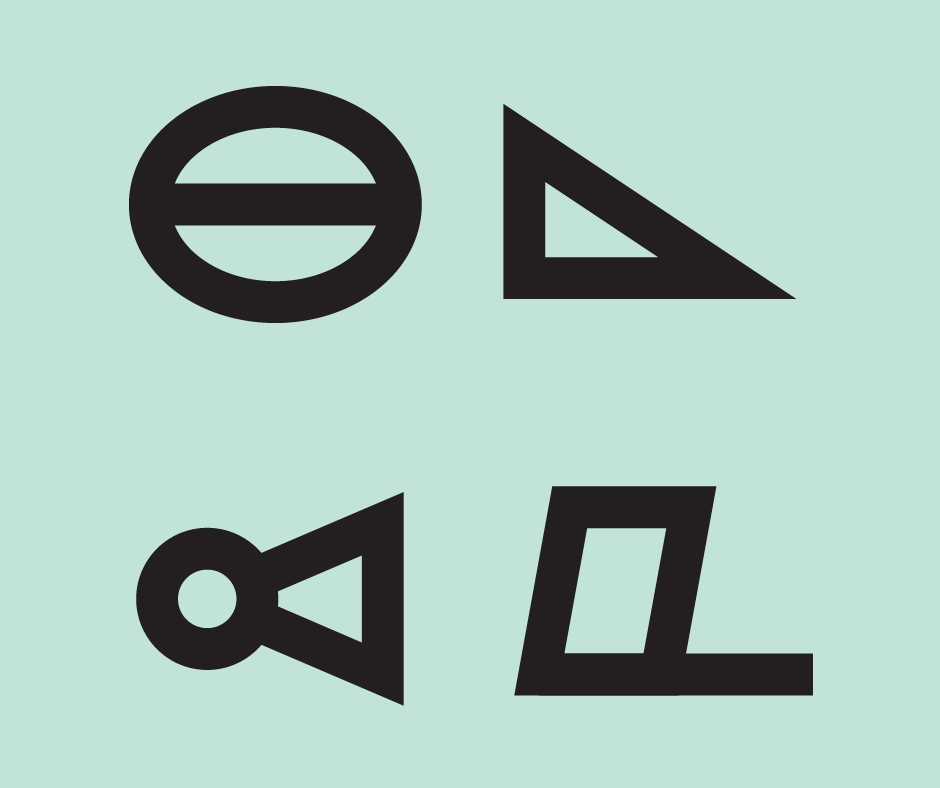Vocal modes are the central concept in Complete Vocal Technique and at least half of all the questions singers using CVT are asking me as an authorized CVT teacher are related to modes. The CVT book and app say that about 95% of all technical issues in singing stem from incorrect use of the modes. While that statistic is obviously subjective and probably somewhat exaggerated, it is true that a big majority of issues in singing are caused by it. In this article I’d like to clarify what the vocal modes are and what the underlying logic behind this classification system is.
Any vocal sound that humans make can be categorized into one of those four modes. They are all equally healthy and correct when performed accurately and their appropriateness depends on the desired sound and style. What separates the modes are their limitations! Each mode will have its own sonic character and a different set of limitations and rules that need to be obeyed in order for the singing to feel free and unrestricted. Coming from a more traditional way of looking at the voice, I expected modes would somehow correspond to the chest – mix – head concept, but that is not the case! That part is handled more by the density and engagement parameters in CVT.

The first level of limitation that we come across is called metal. Metal can be described as a buzzing, ringy, loud sound. It comes from an increase in harmonic content that is achieved by a quick collapse of the flow in each vibratory cycle of the vocal folds which is achieved by a higher subglottic pressure, a higher degree of epilaryngeal narrowing and a thicker vocal fold setup. Metal is linked to volume and the more metallic the sound is the more volume it will have. However, metal is not the only way to achieve volume, so you can also be loud to a certain degree without having a metallic sound, but metal is the most efficient and sustainable way of increasing the volume. Listen to the sound examples below to hear what a note with no metal and a note with metal sound like:
Neutral is the only non-metallic mode and that is its limitation – it cannot have metal, which limits it to a soft character and to a lower maximum volume than the metallic modes. It is the only mode in which we can add audible air to the sound.
Out of the metallic modes, Curbing is always sort of medium volume and the character is restrained. It can have a wide range of vowels, but they all need to be somewhat centralized towards a schwa (UH) in order for the mode to work properly.
Overdrive can be very loud and powerful, but is very limited in vowel choices (OH and EH) and has a pitch ceiling.
Edge is approximately as loud and powerful as Overdrive and works on vowels that keep the back of the tongue high. That helps keep the distinct twang which is a requirement for the mode.
You should choose a mode depending on the desired volume and character. If you want a strong and powerful sound, Neutral is probably not the mode to choose. If on the other hand you want to achieve a soft and intimate sound, Neutral will probably be a much better choice than Edge or Overdrive. If you want to sing loudly in the very high pitch range, Edge will be a better choice than Overdrive due to Overdrive’s pitch limit. If you want to achieve a medium strong sound with a melancholic character, you’ll probably be happiest choosing Curbing. You get the picture, each mode has its own specific strengths and limitations!
People will often ask which mode a certain singer sings in, but you should keep in mind that while singers will definitely have their specific tendencies of using some modes more than others, most singers will switch between several modes in a performance to create more nuance and dynamics, so it’s a good idea to master all four vocal modes.

This article is not intended to explain the details and intricacies of each mode, but rather to explain the idea behind the concept of dividing sounds based on certain shared limitations. If you’d like to know more about the modes, you can buy the full CVT app, buy the CVT book or download the free CVT introduction app which offers less details, but is a great starting point for learning about the modes. You can also shoot me an email through the contact form on this website to arrange a lesson to work on modes in practice!
